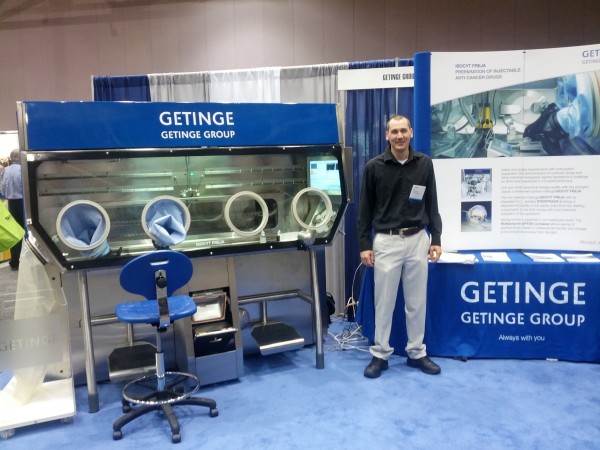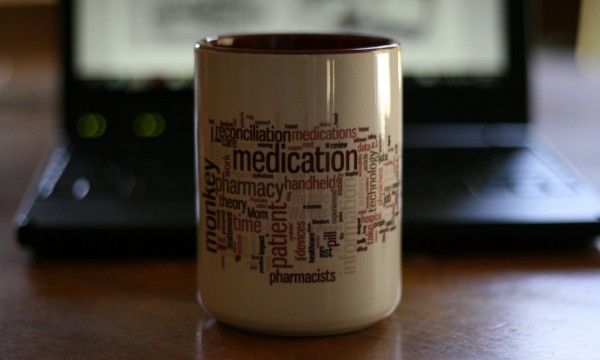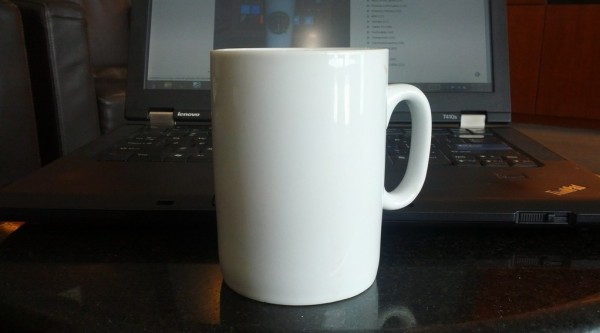Tablets are changing the way healthcare professionals practice medicine.
Purdue.edu: “Matthew Murawski, a Purdue University associate professor of pharmacy administration, created a new tool that presents patients with a five-question checklist that catches up to 60 percent of all known medication side effects….”This tool makes the few minutes available for counseling much more rewarding. The checklist results allow the pharmacist to immediately see side effects the patient is experiencing and target their time to solving these problems and improving the patient’s quality of life.” …Murawski’s method, named Pharmaceutical Therapy-Related Quality of Life or PTRQoL, began as paper checklists that took up multiple file folders behind a pharmacist’s desk.â€
Purdue University does some cool stuff around the practice of pharmacy. The only thing that makes me cringe is the line “patent pending†(approx. 1:05 into the video). Nothing that is developed utilizing University resources should ever be allowed to be patented. It should all be open source.




